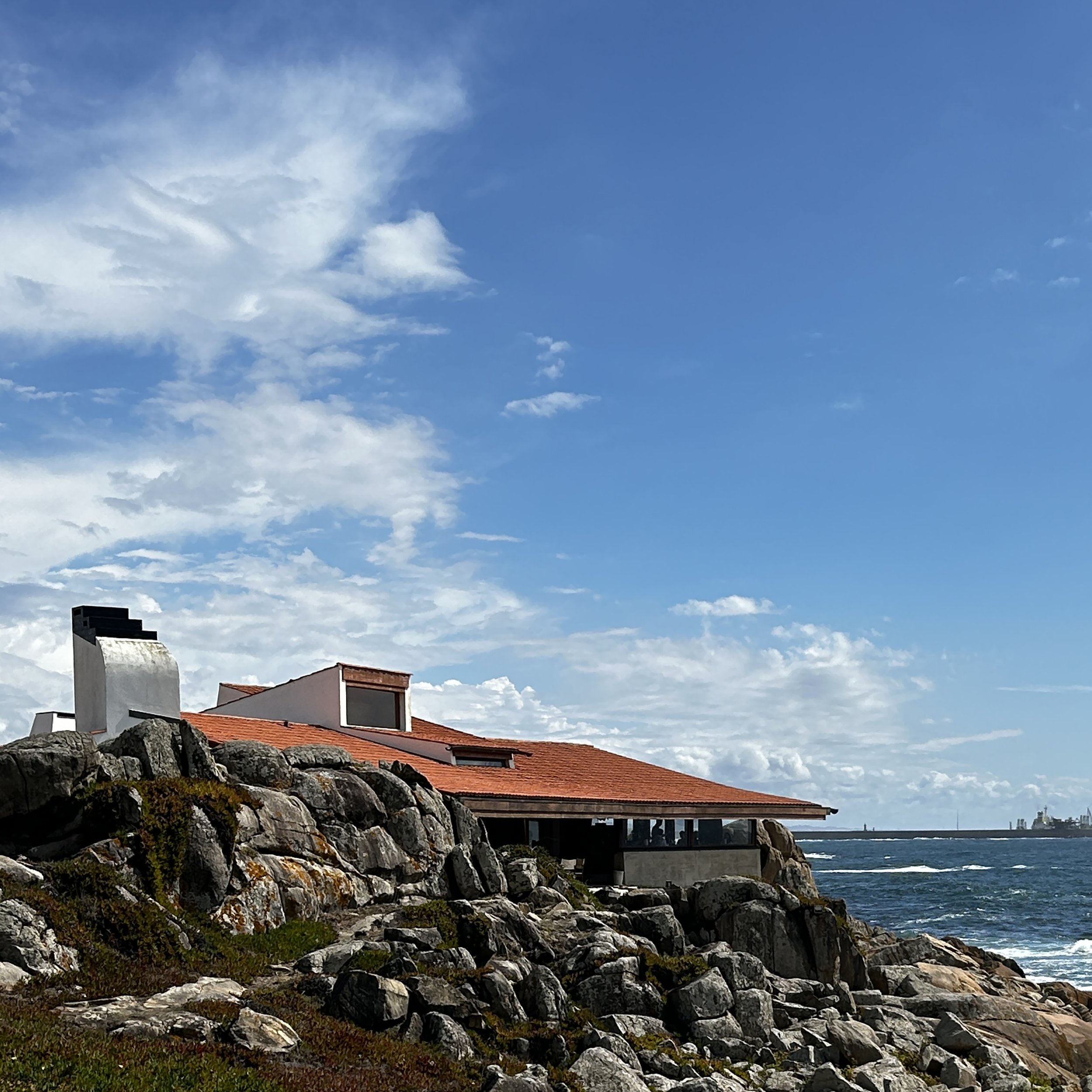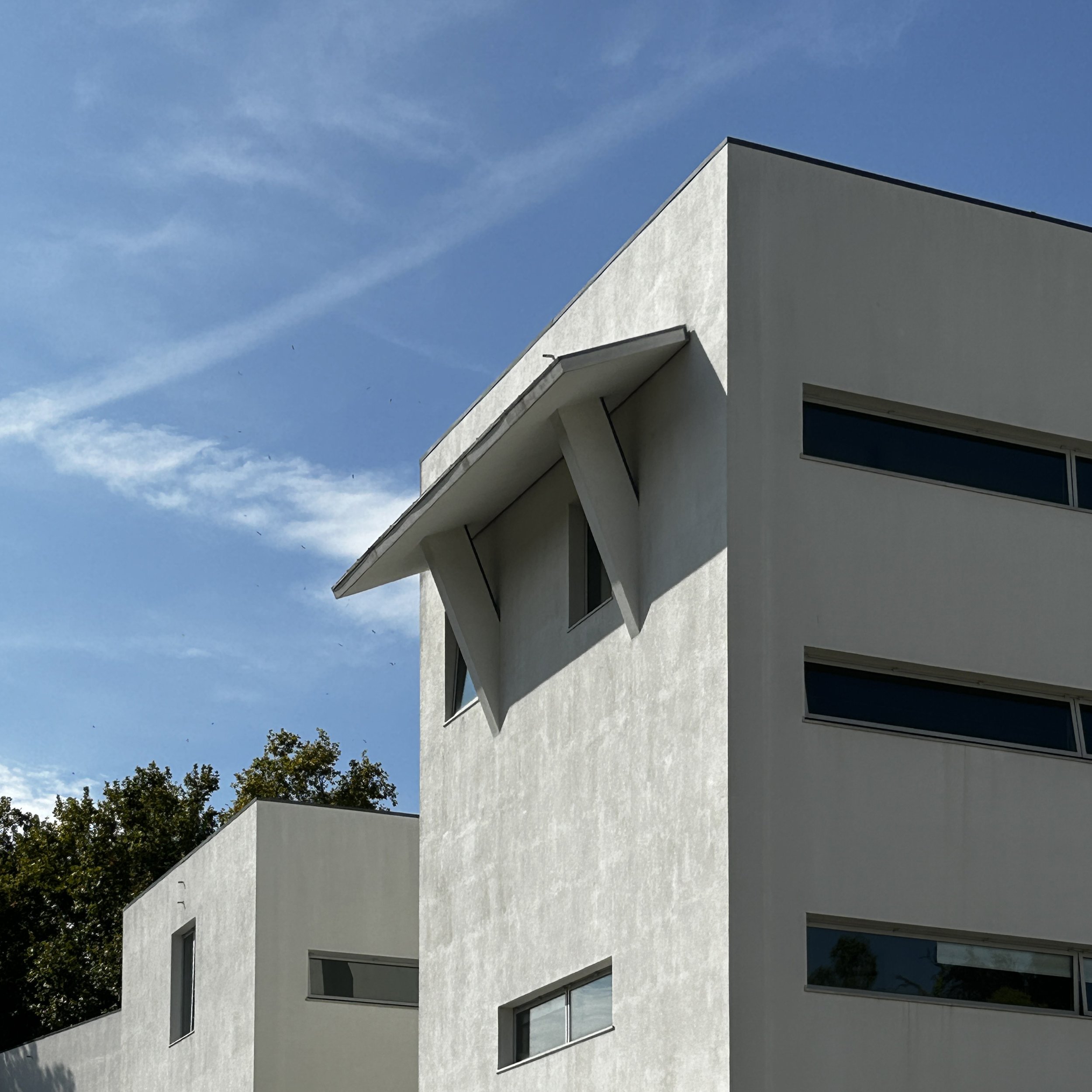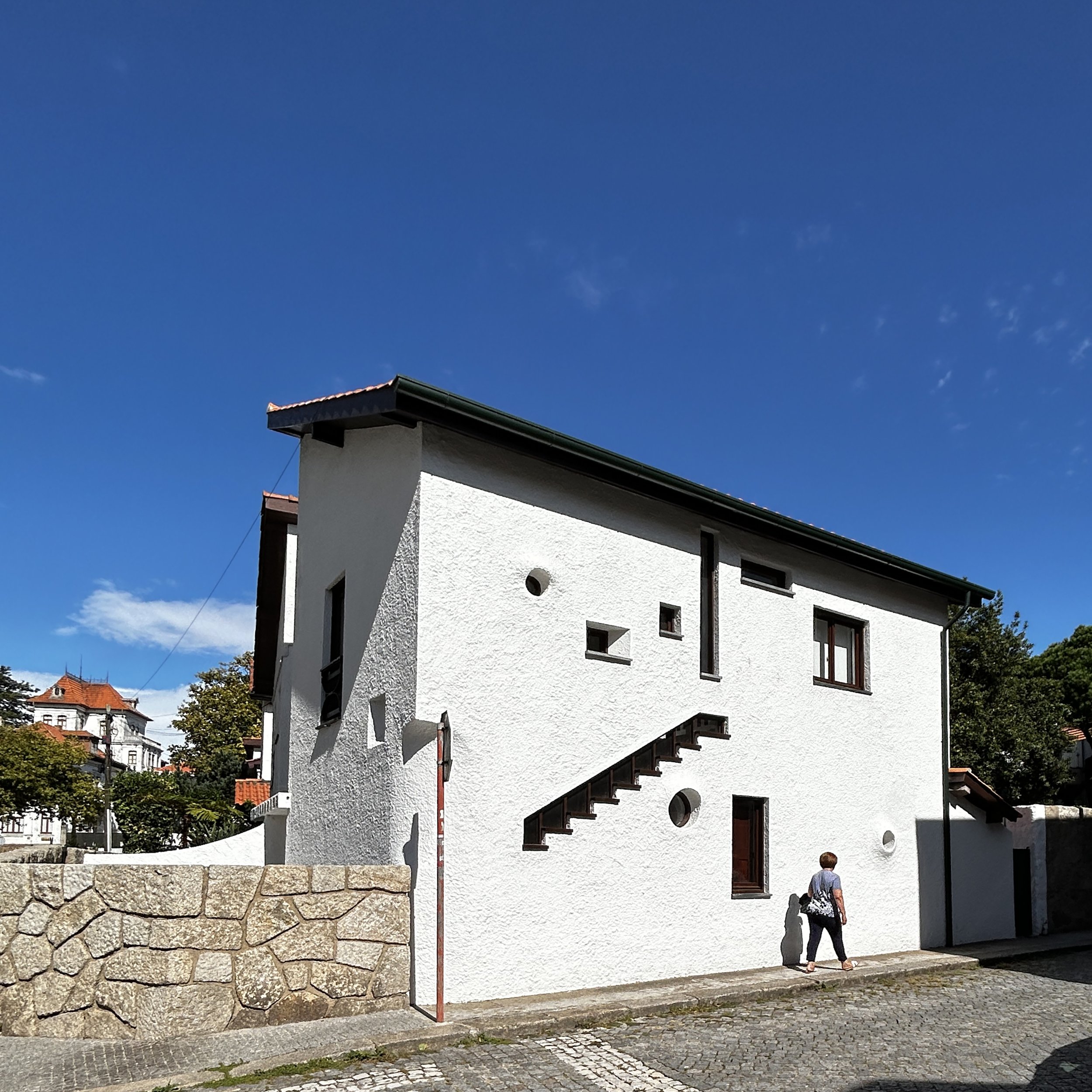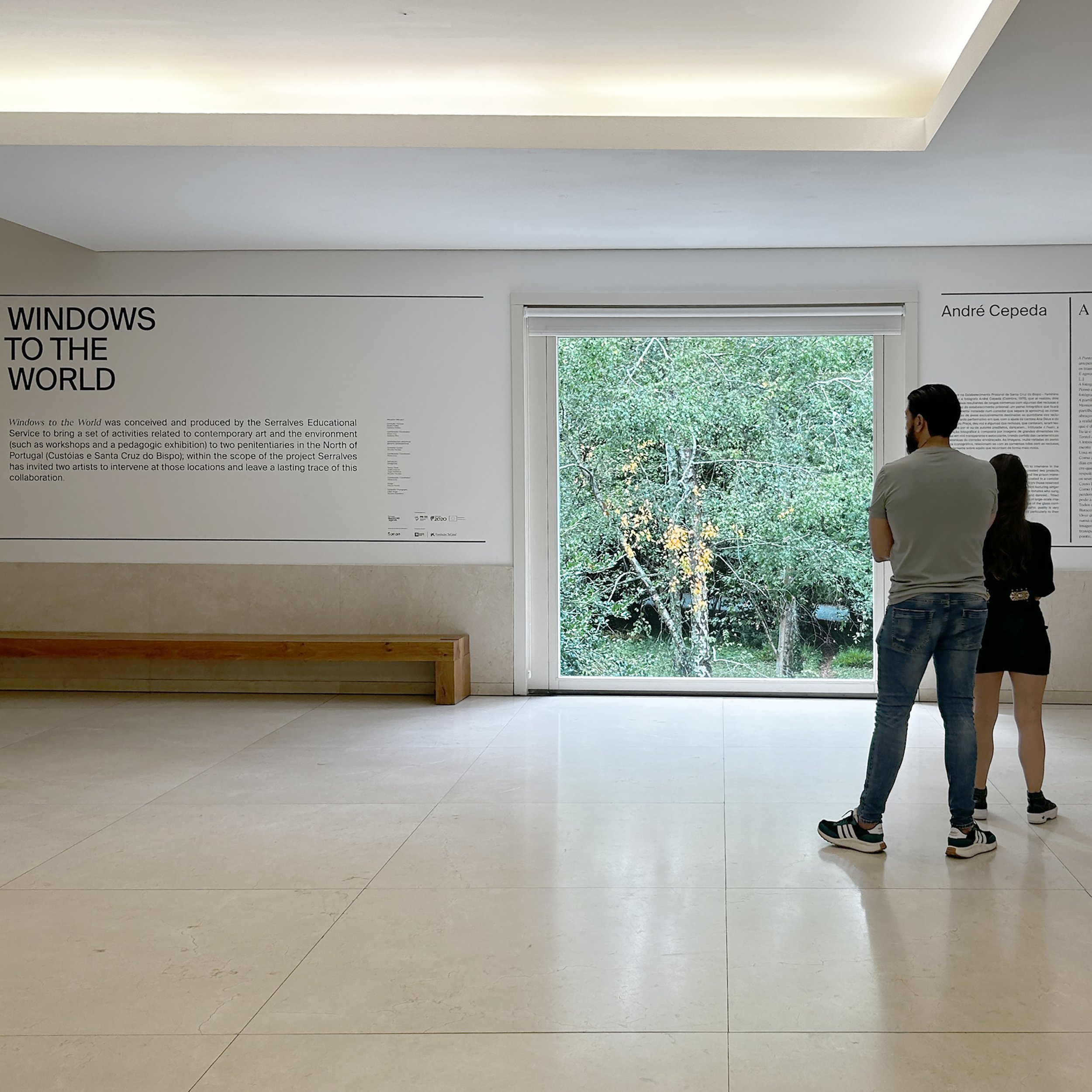Meeting Álvaro Siza
In September 2023, Graeme Nicholls traveled to Porto, a city in northern Portugal, for a five-day trip to explore the architectural legacy of Alvaro Siza, a key figure in modern architecture. During his stay in Porto, Graeme immersed himself in the city’s rich architectural heritage, focusing on Siza's work, which spans over six decades and includes projects like the Casa de Chá and the São Bento Metro Station. His exploration covered various stages of Siza's projects, from early works to recent additions, showcasing his continued influence on global architecture. Throughout the trip, Graeme visited nine of Siza's renowned buildings, each reflecting the architect's unique approach to integrating natural light, views, and spatial movement. Siza's ability to harmonize contrasting elements, such as his tea house blending with its natural setting and the Serralves Museum interacting with its park, demonstrates his poetic and innovative design philosophy.
One of the trip's highlights was Graeme's meeting with Alvaro Siza at his studio, where he had the opportunity to gain insights into Siza's current projects and engage in discussions about Siza's admiration for Charles Rennie Mackintosh’s work, further enriching Graeme's appreciation of Siza's architectural excellence.








